The Trial Master File is a window into the study through all phases of drug development. The TMF is comprised of the records that tell the story of your study. It gives evidence that the trial was conducted in alliance with standards of Good Clinical Practice (GCP). This story becomes the cornerstone of inspection readiness. The purpose of a regulatory inspection is to confirm that the study was conducted in compliance with GCP, confirm the integrity of the data, and ensure human subject protection. How do we use the power of the TMF to influence the story of the study?
Practical Insights and Tools for Change Management
We have established throughout this blog series that change is inevitable in any organization. Whether it’s implementing new technology, restructuring processes, or adapting to market

